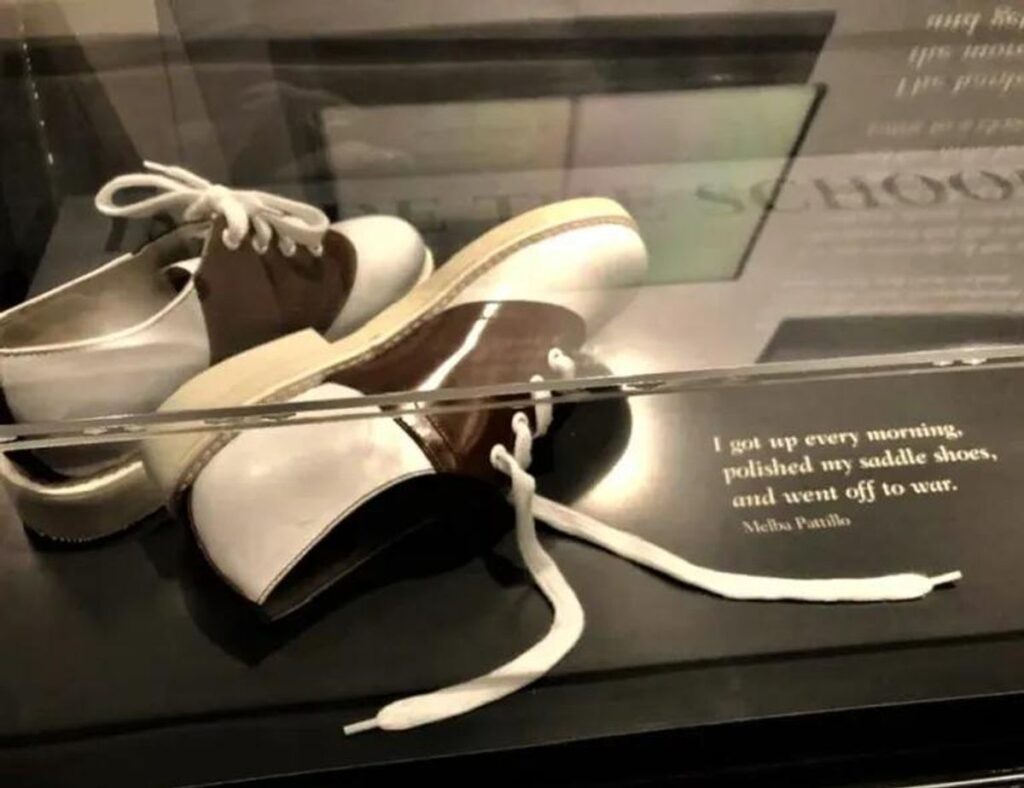
The fight for American civil rights spanned decades, cities
and states, from Topeka, Kansas to Memphis, Tennessee and from Atlanta, Georgia
to Selma, Alabama and all the way to our nation’s capital in Washington, D.C.
Many U.S. cities played pivotal roles in the Civil Rights
Movement and continue to honor that legacy through museums, memorials, and
historic sites. These are some of the not-to-be-missed destinations that offer
compelling stories about the battle for human rights and equality.
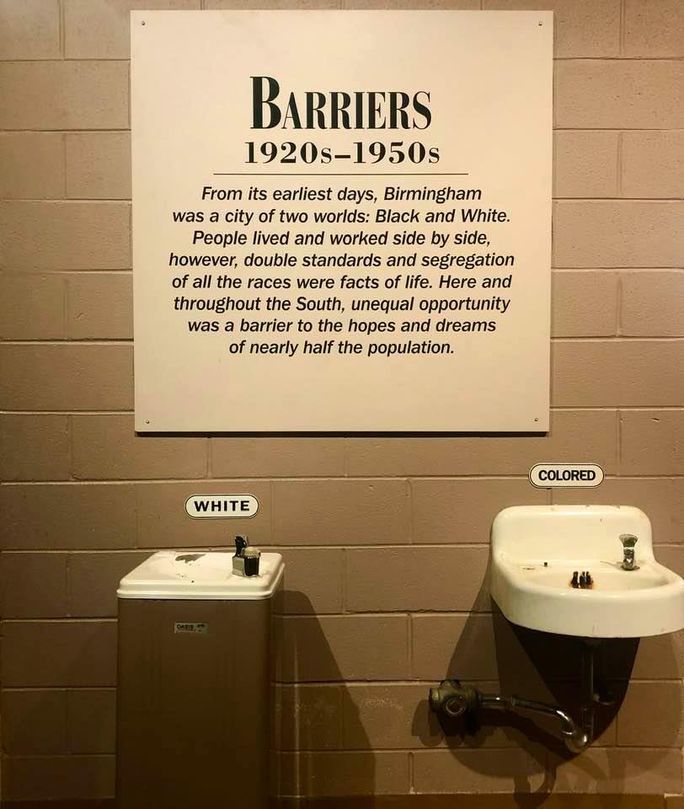
Segregated Drinking Fountains at Birmingham Civil Rights Museum (Photo Credit: Noreen Kompanik)
Birmingham, Alabama
Birmingham was considered the epicenter of change during the
Civil Rights movement. Opened in 1992, Birmingham Civil Rights Institute, an
affiliate of the Smithsonian Institution is a powerful and immersive museum documenting
segregation and activism.
The 16th Street Baptist Church remains a potent reminder of
the struggle between good and evil. A basement bomb planted by Ku Klux Klan members
exploded on the morning of September 15, 1963, killing four young Black girls in
their church robes preparing to join the choir for a Sunday service.
Kelly Ingram Park, just across from the church features poignant
sculptures and memorials commemorating Civil Rights protests.
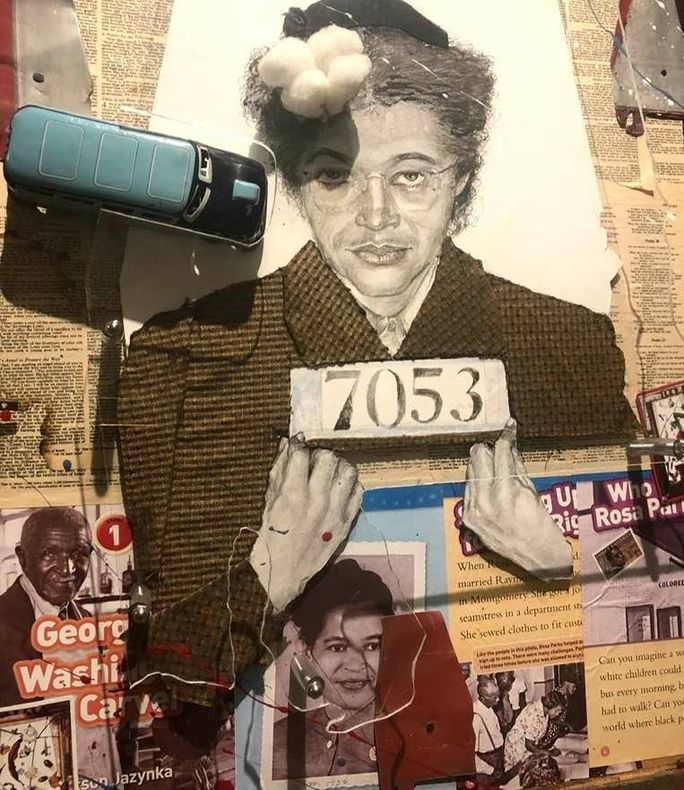
Rosa Parks collage at Rosa Parks Museum (Photo Credit: Noreen Kompanik)
Montgomery, Alabama
Rosa Parks’ arrest here sparked the Montgomery Bus Boycott
when she made the decision not to give up her seat to a white passenger on a
public bus. She later said, “I knew someone had to take the
first step. So, I made up my mind not to move.” Her boycott helped ignite the
Civil Rights Movement.
The Rosa Parks Museum is the only one in the U.S. dedicated
solely to Parks and the legacy of the Montgomery Bus Boycott. Visitors can also
see the Dexter Avenue King Memorial Baptist Church, and the National Memorial
for Peace and Justice honoring the victims of racial terror lynchings.

PHOTO: The birth home of Martin Luther King, Jr. (photo via Wikimedia Commons/Michael Barera)
Atlanta, Georgia
Dr. Martin Luther King, Jr. was born and raised in Atlanta. His
message of nonviolence was shaped at Ebenezer Baptist Church, where he and his
father both served as pastors.
Visitors can view King’s birth home and the National Center
for Civil and Human Rights, a modern museum with interactive exhibits that connects the
Civil Rights Movement to global human rights struggles.
Greensboro, North Carolina
On February 1, 1960, four Black college students sat down at
the “whites-only” lunch counter inside a Greensboro Woolworth’s department
store and asked to be served. They were refused but stayed seated until the end
of the day. For the next five months, the “Greensboro Four” returned every day to do the
same.
Almost 300 students joined in the growing non-violent
protest that continued past Woolworth’s, giving birth to the Student
Non-Violent Coordinating Committee (SNCC). Six months later, blacks were served
at that very counter. “The Battlegrounds,” is a permanent at the International
Civil Rights Center and Museum installation that centers on the quest for
equality, features pictorials, video re-enactments, interactive components and
artifacts, including the lunch counter and stools where the students sat.

Woolworth’s Lunch Counter at Greensboro Civil Rights Museum (Photo Credit: VisitNC)
Topeka, Kansas
In the fall of 1950, the parents of 20 Black children
attempted to register them in local public schools. All were denied because of
race. Thus began the fight resulting in the Supreme Court overturning
segregated education nationwide in the landmark Brown v. Board of Education
decision in May 1954.
Today, the former Monroe Elementary School is a National
Historic Site and museum mapping the history of racism and segregation in the
U.S. A mural across the street from the school depicts the march toward
equality with images of key figures from the Civil Rights Movement.
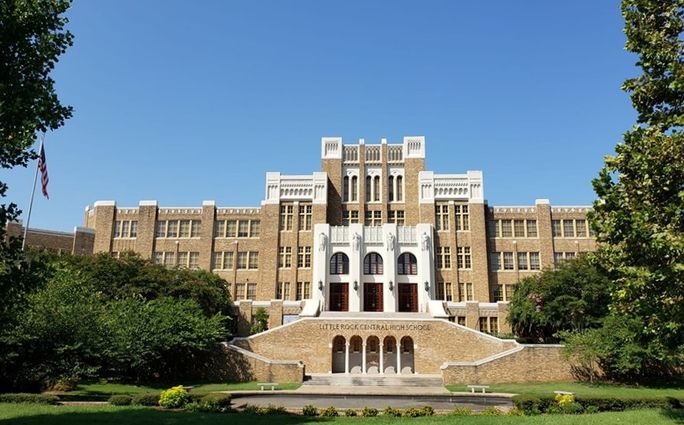
Central High School, Little Rock (Photo Credit: Noreen Kompanik)
Little Rock, Arkansas
The Little Rock integration crisis was one of the most
pivotal and widely known events in the early Civil Rights Movement, centered
around efforts to desegregate public schools following the landmark Supreme
Court ruling in Brown v. Board of Education.
The battle for integration started at Little Rock Central
High School on September 4, 1957, when nine Black students attempted to enter
the “all white” school. The Governor ordered the Arkansas National Guard to
block the students, followed by President Eisenhower’s actions to federalize
the Arkansas National Guard under his authority.
The courage of these nine students who were constantly
threatened and harassed is noteworthy. Today,
visitors can tour the high school the National Historic Site (even while in
session) and explore a compelling film and exhibits at the Visitor Center
honoring the legacy of these brave warriors.
Hattiesburg, Mississippi
This town played a very significant role in the Civil Rights
Movement, especially around voting rights, Freedom Summer, and community
organizing in an attempt to break down Jim Crow barriers.
Built in 1921 as the first brick school building for Black
students in Mississippi, Eureka, the school has been restored and now functions
as a civil rights museum, focusing especially on Black voter registration work
in Freedom Summer.
One of the area’s biggest draws is the “Freedom Summer
Trail” a self-drive‑and‑audio tour with 16 stops that
trace Civil Rights sites in the city.
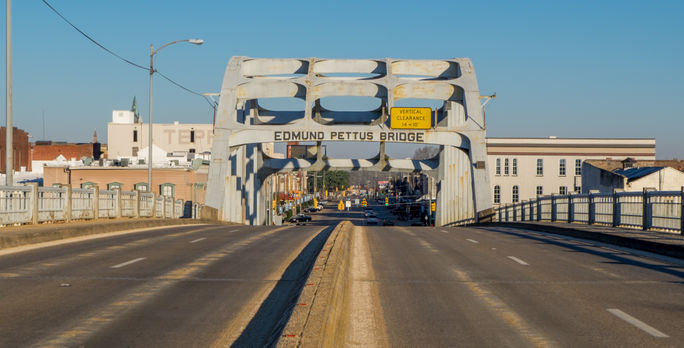
The Edmund Pettus Bridge in Selma, Alabama. (Photo Credit: Rex Wholster/Adobe)
Selma, Alabama
Before 1965, the world didn’t know Selma,
Alabama. But that all changed when the
iconic Edmund Pettus Bridge became the site of “Bloody Sunday” where 600 peaceful
marchers were violently attacked by Alabama State Troopers as they attempted to
head to Montgomery. The late Senator John Lewis who led the march was brutally
beaten along with other Civil Rights leaders and participants.
The Edmund Pettus Bridge is now a National Historic Landmark
and symbol of civil rights struggle and perseverance. Located near the bridge,
the National Voting Rights Museum and Institute preserves artifacts, photos,
and stories, and Brown Chapel AME Church, the Headquarters for many of the Selma
marches is still an active place of worship.
Jackson, Mississippi
Jackson is often described as “the heart” of the Civil
Rights struggle as so many defining events, leaders, institutions, and
conflicts central to the fight for racial justice took place here.
Medgar Evers was one of the most important civil rights
leaders in Mississippi. He was based in Jackson, led the Mississippi NAACP,
campaigned fiercely for voter registration, desegregation, and legal equality.
His murder in 1963 galvanized national attention.
Jackson was one of the first places where groups of
integrated Freedom Riders were arrested when they tried to break segregation in
interstate travel. Sit‑ins,
protests and boycotts of lunch‑counters, department stores and
public libraries that discriminated against Black customers became frequent
sites of direct action.
The Mississippi Civil Rights Museum now preserves the
stories, artifacts, and memories of the Civil Rights Movement in Mississippi
and The Old Greyhound Bus Station where many Freedom Rider arrests took place
are important landmarks. The Medgar and Myrlie Evers Home National Monument
represents the house where Evers lived and was assassinated.
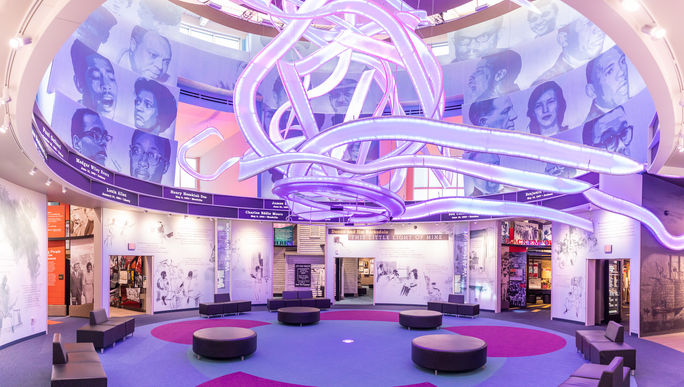
Mississippi Civil Rights Museum. (photo courtesy of Visit Mississippi)
Memphis, Tennessee
Memphis played a major and deeply tragic role in the Civil
Rights Movement, remembered for its labor struggles and site of Dr. Martin
Luther King Jr’s assassination. The day before he was shot and killed by James
Earl Ray on April 4, 1968, he gave his final speech “I’ve Been to the
Mountaintop” at Mason Temple.
Almost as if it were a premonition, he told the massive
crowd, “Mine eyes have seen the glory of the coming of the Lord.”
The following morning, he was assassinated on his balcony of
the Lorraine Motel. Today, visitors can take in the National Civil Rights
Museum at the former motel. Built around the site of Dr. King’s assassination, the
museum includes Room 306 (where King stayed) and poignant exhibits on Jim Crow
laws, the Montgomery Bus Boycott, Voting Rights, The Poor People’s Campaign and
Black Power and more.

National Civil Rights Museum is located at the Lorraine Motel. (photo via Flickr / Carl Wycoff)
Washington, D.C.
Our nation’s capital has long been a pivotal center for the
Civil Rights Movement serving as the seat of national power, the
stage for historic demonstrations, and the focal point for legislative change.
Civil rights leaders targeted Congress, the White House, and the Supreme Court,
pressing for laws and rulings to dismantle segregation and protect Black
Americans’ rights.
The March on Washington for Jobs and Freedom on August 28,
1963, was the most iconic civil rights demonstration in U.S. history. Over
250,000 people gathered on the National Mall to demand an end to segregation, voting
rights protections, economic justice and equal education and housing.
Dr. Martin Luther King Jr. delivered the famous “I Have
a Dream” speech on the steps of the Lincoln Memorial, forever linking D.C.
to the heart of the Civil Rights Movement.
For the latest travel news, updates and deals, subscribe to the daily TravelPulse newsletter.

